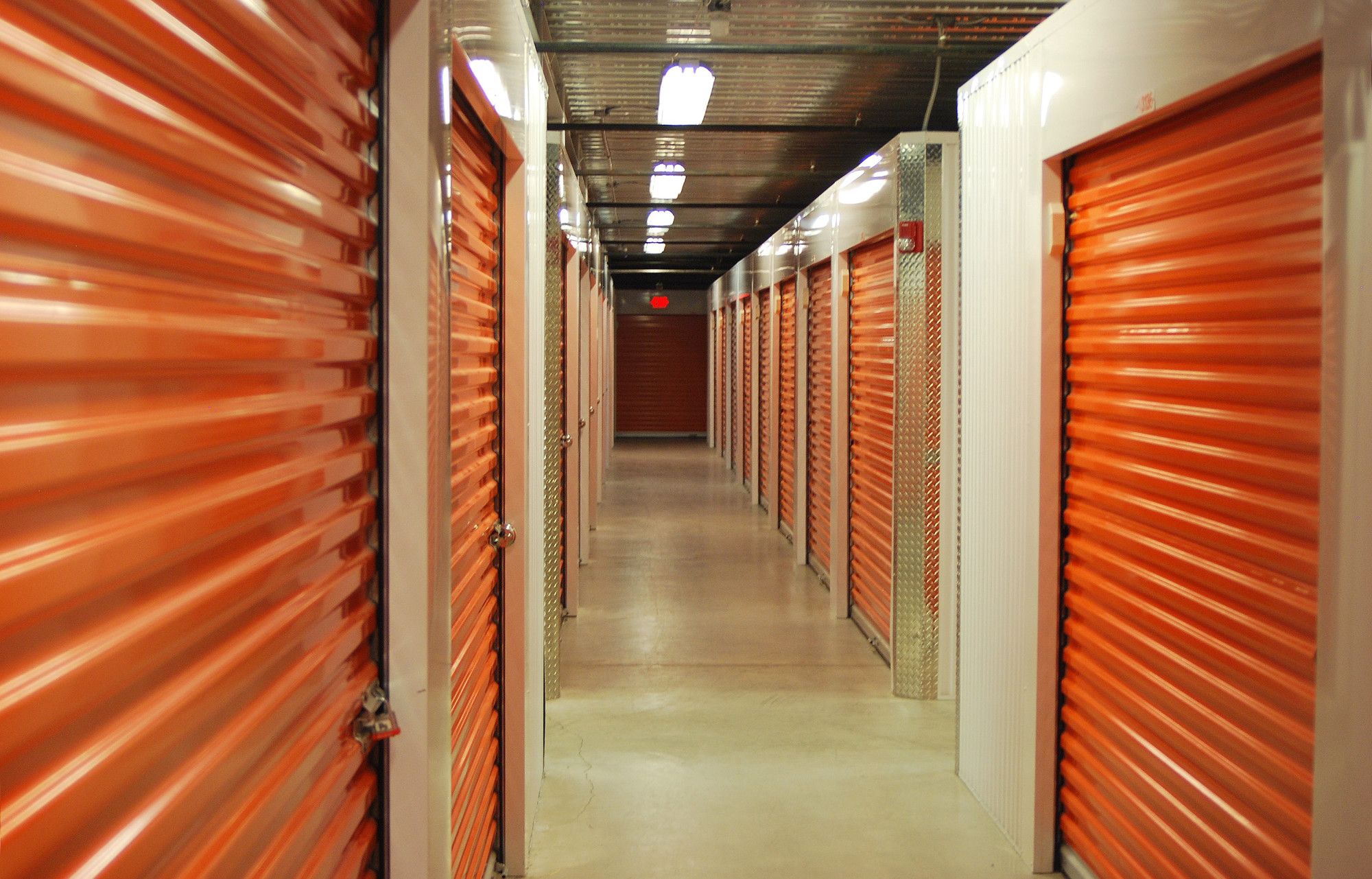As a savvy investor seeking passive income streams, you understand the appeal of self-storage as an investment vehicle. Hands-off yet lucrative, self-storage provides an opportunity to build wealth and achieve financial freedom without an active role in day-to-day management. However, entering the self-storage market and succeeding as a passive investor requires diligent planning and preparation. This guide provides the roadmap for navigating your self-storage investment journey. Within these pages, you will discover the essentials of passive storage investing, including how to evaluate the industry, choose a strategy, analyze deals, and optimize your portfolio. Follow these steps to establish a stable, long-term self-storage investment platform and earn passive income for years to come. The path to prosperity in this asset class awaits; let your self-storage success story begin today.
Why Passive Storage Investing? The Benefits of Hands-Off Income
As a passive investor, the self-storage industry offers an attractive opportunity to generate hands-off income. Here are the key benefits of passive storage investing:
- Ongoing Cash Flow. Storage units provide a consistent stream of rental income with long-term leases and low tenant turnover. This results in steady cash flow for investors with limited responsibility.
- Tax Advantages. The tax benefits of real estate investing apply to self-storage as well. This includes deductions for expenses like maintenance, insurance, and interest, as well as depreciation allowances that can help reduce your tax burden.
- Appreciation Potential. While self-storage values are not as volatile as other commercial properties, facilities in desirable locations with strong occupancy and rental rates can still appreciate substantially over time. This can translate into significant gains when you sell.
- Stability. The self-storage industry is largely recession-resistant. People continue to need storage units even during economic downturns. This stability is appealing for passive income and can help balance an investment portfolio.
- Limited Responsibilities. As a passive investor in self-storage, you are not directly responsible for managing units, interacting with tenants, handling maintenance and repairs, or dealing with other issues that arise. A third-party management company handles the day-to-day operations so you can remain hands-off.
In summary, passive storage investing provides multiple benefits for investors looking to build wealth through hands-off real estate strategies. With the right approach, self-storage can be an excellent vehicle for earning ongoing income and achieving financial freedom. The key is finding high-quality facilities, trusted management, and taking a long-term buy-and-hold stance.
Finding the Right Storage Facility: Location, Size, and Existing Cash Flow Matter
To find a self-storage facility suited for passive investment, several key factors must be considered:
- Location: An ideal location will have a large population within a 3 to 5-mile radius, limited direct competition from other storage facilities, proximity to transportation corridors and residential neighborhoods, and barriers to entry for new competitors. Analyze population growth trends, local business activity, and new housing developments to determine an area’s potential for increasing storage demand.
- Size: For passive income generation, a medium to large facility with at least 50,000 to 100,000 square feet is recommended. Larger facilities typically have lower operating costs per square foot and unit, so more of the revenue flows through to the bottom line. They also provide more opportunities for value-add improvements to increase cash flow over time.
- Existing Cash Flow: Evaluate the facility’s current occupancy rate, rental rates, and operating expenses to determine its cash flow and cap rate. Higher cap rates, in the 7-10% range, indicate a good opportunity for strong returns. Look for facilities with stable occupancy over 85-90%, rental rates at or below market averages, and controllable operating expenses.
By focusing on these essential factors, passive investors can find self-storage facilities poised to generate healthy cash flow and long-term appreciation in value. Conducting thorough due diligence on location, size, cash flow, and growth opportunities will lead to a facility suited for hands-free investment success. With the right facility and strategy, passive income from self-storage can build wealth for years to come.
Conducting Thorough Due Diligence: Leave No Stone Unturned
Conducting thorough due diligence is crucial to your success as a passive storage investor. This rigorous process aims to uncover any risks or issues before you commit resources to an acquisition. Leave no stone unturned in your analysis of the property, seller, financing, and compliance factors.
Analyze the Property
Examine the physical asset and its performance to determine if it aligns with your investment goals. Review:
- Historical occupancy and rental rates to identify trends.
- Current tenant mix and lease expirations to assess risk.
- Recent improvements to understand capital needs.
- Local market conditions and competition to gauge future performance.
Evaluate the Seller
Learn about the seller’s motivation and tenure to determine if the sale price is reasonable. Some questions to ask:
- Why are they selling the property?
- How long have they owned the asset?
- What is their investing track record?
Inspect Financing Options
Analyze potential financing structures to find one that matches your risk profile and holding period. Compare terms like:
- Interest rates: Fixed vs. variable.
- Loan-to-value ratios: Higher LTV means more leverage but greater risk.
- Amortization periods: Shorter periods mean paying the loan faster but higher payments.
- Prepayment penalties: Ensure flexibility to pay off or refinance the loan.
Confirm Compliance
Verify the property complies with all laws and regulations to avoid legal issues or fines. Check:
- Zoning ordinances: Confirm the land use designation allows for self-storage.
- Environmental regulations: Inspect for any hazardous materials or waste.
- ADA accessibility: Ensure disabled tenants have proper access.
- Licenses and permits: Make sure all are current and properly approved.
Conducting thorough due diligence requires time and resources but is essential to passive investing success. Following these steps will give you confidence in your acquisition and set the right foundation for a hands-off investment. By gaining a full understanding of the property, seller, financing, and compliance factors, you can avoid surprises and maximize your returns.
Financing Your Storage Deal: How to Fund Your Investment
Financing Options for Passive Storage Investors
To fund your self-storage investment, you have several financing options to consider:
Conventional loans from banks, credit unions, or other financial institutions are commonly used to finance self-storage facilities. These loans typically offer competitive interest rates and flexible terms for qualified borrowers. The Small Business Administration (SBA) 504 loan program provides financing for small business owners, including those in the self-storage industry. SBA 504 loans offer fixed interest rates and long repayment terms of up to 20-25 years.
- Live Oak Bank specializes in self-storage loans nationwide for purchasing, renovating, expanding, or refinancing storage facilities. They offer competitive rates and terms for qualifying borrowers.
- Crowdfunding platforms like RealtyMogul and Fundrise allow investors to pool money together to finance real estate deals, including self-storage facilities. Investors can earn fixed returns through interest payments and a share of profits.
- Self-storage REITs (real estate investment trusts) acquire and operate storage facilities to generate income for investors. Publicly-traded REITs offer liquidity, while private REITs typically have higher returns. REITs provide passive income through quarterly distributions.
- Private equity firms and self-storage syndicators raise capital from investors to acquire and operate storage facilities. They aim to generate attractive returns through a share of cash flow and profits from the business. Deals often have minimum investments and multi-year hold periods.
To summarize, you have various options for financing your self-storage investment to suit your needs and qualifications as an investor. Conduct thorough due diligence on the terms, rates, risks, and returns of different alternatives to make the choice that aligns best with your investment objectives and risk tolerance. The most suitable option for you depends on the specific deal or facility involved and your own financial situation. With the right financing in place, you’ll be well on your way to generating passive income from the self-storage industry.
Common Mistakes to Avoid: Lessons From Experienced Passive Investors
As an experienced passive storage investor, certain mistakes are best avoided to achieve success. By learning from the experiences of others, you can navigate challenges more effectively on your journey to generating passive income through self-storage investments.
Overemphasizing the “Passive” Part
While passive investing does imply a hands-off approach, that does not mean no involvement whatsoever. Conducting due diligence, finding suitable properties, and properly managing investments still require time and effort. Expect to spend time educating yourself on the self-storage industry and market conditions to make informed decisions.
Expecting Rapid, Dramatic Results
Building wealth through passive income takes patience and time. Do not expect to become an expert or acquire multiple properties overnight. Start with a long-term plan, set realistic goals, and make progress each day through continuous learning and relationship building. Compounding returns and cash flow over decades can achieve substantial results.
Investing Too Much Too Early
When first starting out, invest conservatively and diversify holdings. Do not invest disproportionately in any single property. While higher risk can mean higher reward, it also exposes you to potentially significant losses if a property underperforms or requires unforeseen expenses. Build your portfolio strategically over time for steady, sustainable growth.
- Start with a small, initial investment in a single self-storage property. Learn the ropes and see how it performs before expanding.
- Diversify across properties, geographic locations, unit mixes, customer bases, and more. This mitigates risk from any single underperforming asset or market fluctuation.
- Reinvest cash flow and profits to acquire additional properties. Let your portfolio grow organically through reinvestment.
By avoiding these common mistakes, you can set yourself up for success as a passive storage investor. With patience, continuous learning, and prudent decision-making, you will generate passive income and build wealth over the long run. Stay disciplined in your approach, start conservatively, and expand strategically. The rewards of passive investing can be substantial for those with long-term vision and commitment to their goals.
Conclusion
In summary, passive storage investing can be an excellent way to build wealth over the long run without excessive time demands on the investor. With some upfront work to understand the industry, find a reputable operator, and make a solid investment choice, you have the potential to earn monthly cash flow and significant capital gains for years to come. While all investments carry risks, the self-storage industry has a long track record of stability and growth. By following the essential steps outlined here to get started in self-storage investing, you’ll be well on your way to unlocking the benefits of this powerful passive income strategy. The key is simply taking that first step. Why not make it today? A whole new source of cash flow and financial freedom could be waiting.





